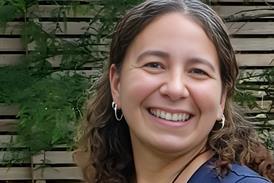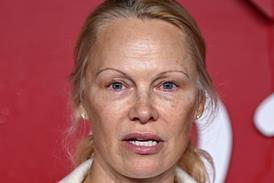- Hot topics
- Join Now!
Are we ageist?
By  Alex Noel2024-04-22T11:19:00
Alex Noel2024-04-22T11:19:00

Alex Noel unpacks our society’s attitudes towards ageing, and suggests the Church is uniquely placed to tell a better story
To continue reading, register today for more access!
If you are a member or a registered user, or if you already have a login for another Premier website SIGN IN HERE

Sign up for your free account now!
Registering is quick and easy and gives you immediate access to read more articles, plus:
- You’ll receive a weekly newsletter every Saturday with the top stories of the week
- You can save articles to read later
- You can share your comments and thoughts on the stories
Or become a member today for unlimited access! Special offers are available!
If you already have an account with a Premier website SIGN IN HERE
Related articles
-
 Opinion
Opinion‘This is how God restored me after I lost my twin babies’
2025-11-12T05:06:00Z By Angelina Amedeka
Angelina Amedeka shares her journey of faith, loss, and redemption — showing how every “amen” spoken in pain or joy becomes part of God’s beautiful design.
-
 Opinion
OpinionHow faith became my anchor in the storm of anxiety
2025-11-11T05:36:00Z By Sophie Dianne
Sophie Dianne shares her journey of finding peace in the midst of long-term anxiety, exploring how faith can coexist with struggle. She reveals how God’s presence has brought calm to even her most chaotic moments.
-
 Opinion
OpinionJD Vance wants his Hindu wife to become a Christian
2025-11-05T06:14:00Z By JENNY SANDERS
Writer Jenny Sanders reflects on JD Vance’s wish for his Hindu wife to share his faith, offering gentle, biblical advice for those in mixed-faith marriages.
- Issues
- Topics A-Z
- Writers A-Z
- © 2025 Woman Alive
Site powered by Webvision Cloud























